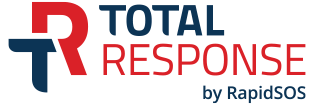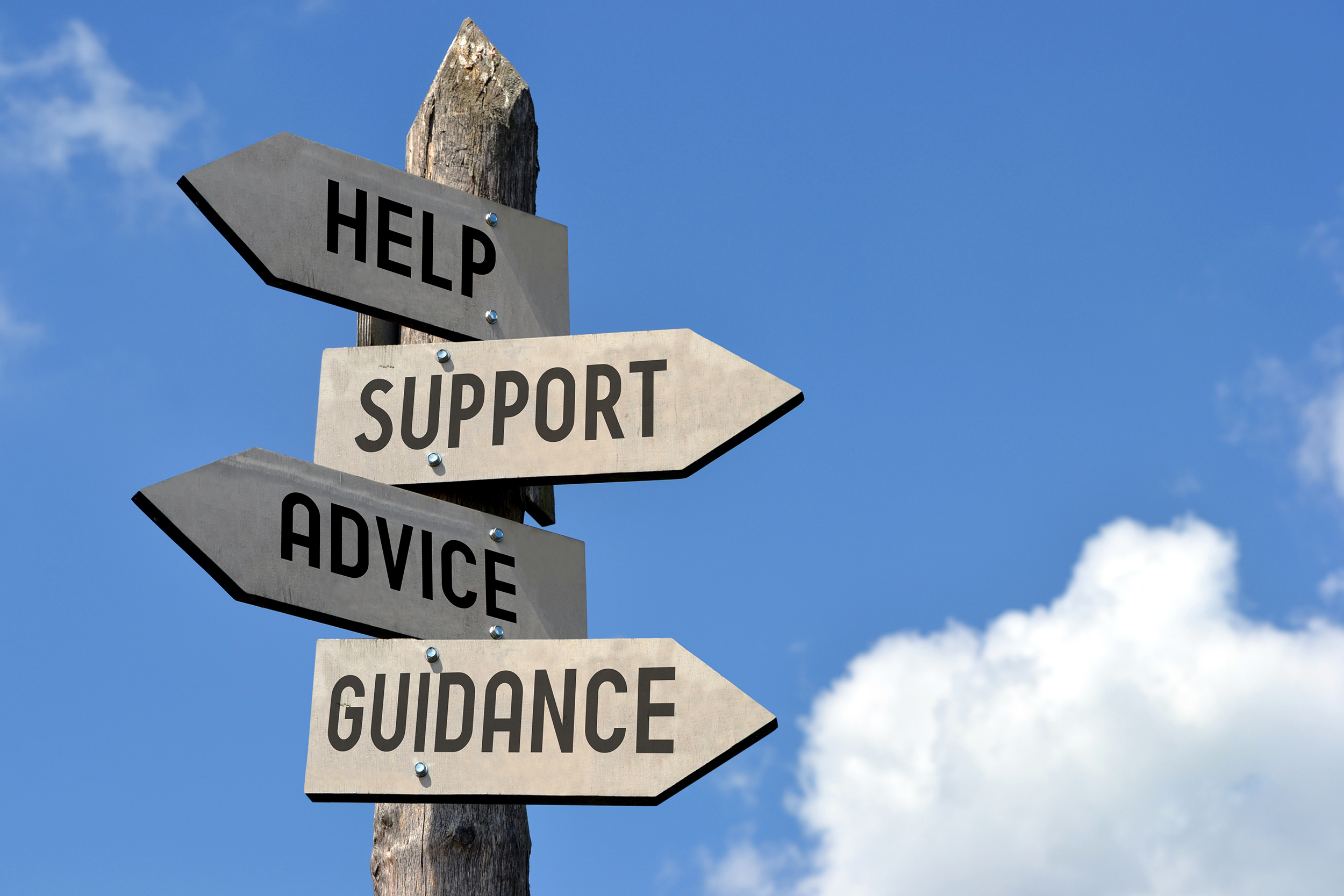In 911 communications, protocols refer to a series of questions whose answers are intended to assist the dispatcher in identifying what the emergency is, where to send what resources and how quickly help is needed.
The public has high expectations of 911 dispatchers. When they call 911, they expect:
- A prompt answer to their call;
- The person answering their call to be professional and knowledgeable;
- That appropriate help will be sent immediately;
- The 911 dispatcher to give them advice on what to do until help arrives;
- That first responders will arrive at the correct location before the situation deteriorates further; and
- In the event of a medical or traumatic emergency, transport to the facility best equipped to handled their emergency.
Protocols serve as the foundation of call-taking and dispatching, providing a method for structured information gathering that allows call-takers to obtain the information they need to meet and exceed these expectations in a logical and consistent manner.
What Emergency Call Handling Protocols Do
Any call handling system should follow the logical, natural cycle of the call:
- the initial intake;
- questioning to determine scene conditions;
- the dispatch;
- the provision of additional information to responders;
- the delivery of pre-arrival instructions to callers; and
- the call closure.
Protocols help dispatchers paint a picture for responders while they’re enroute to a scene and provide updates as the circumstances on scene change. Example: The call starts as “difficulty breathing,” but the situation worsens as the call progresses. The dispatcher can alert the responder that they are now heading into a CPR situation.
Pre-arrival instructions help stabilize a situation until responders can reach the scene. They make the caller an active participant in the resolution.
The Benefits
A protocol system improves the standard of care your agency delivers—as well as that of the police, fire and EMS departments you work with.
It’s been a struggle for dispatchers to be recognized as professionals, and a protocol system helps your dispatchers deliver a consistent standard of care, from person to person and shift to shift. Protocols help set a standard for the profession.
Protocols reduce dispatcher stress: They don’t have to come up with the questions to ask on their own. The protocols guide the questions and help the dispatcher know what pre-arrival instructions are appropriate and will aid the caller.
Protocols help dispatchers give appropriate guidance to responders, information that will keep them safe and bring them home at the end of their shift. Information is power, and many of the questions and instructions are focused on scene safety. They help the dispatcher know what to tell responders to do and what not to do.
The zero-minute response time is another consideration. Emergency response times used to be measured from when the vehicle left the station. Now, the clock begins the second you answer the phone – if not on the first ring. Protocols are caller/victim focused, and pre-arrival instructions shorten the time lapse for emergency care to begin.
After the Call
Quality Assurance is the tie that binds the system together. QA should look at the entire system—protocols, policies and procedures—and ensure the system is working the way it should and is intended to. And yes, QA should also be used to ensure the dispatcher is following the process. The QA process that accompanies protocol usage allows dispatchers to learn from their mistakes and their successes. The data obtained from examining the call helps directors identify training and staffing needs, and what equipment needs to be upgraded.
The Bottom Line
Protocols do work. They empower dispatchers to give lifesaving pre-arrival instructions.
Good people want to progress, grow and do more. Protocols are a tool to help your dispatchers grow and do more.
When choosing a protocol system and vendor, make sure the product can stand on its own. Make sure the people you’re dealing with know the industry and know their product. Choose the vendor that best fits into your agency’s culture and can best help you meet your goals.









